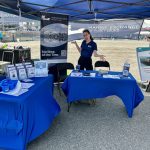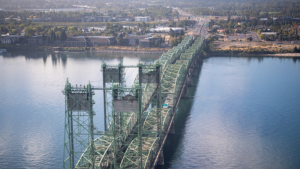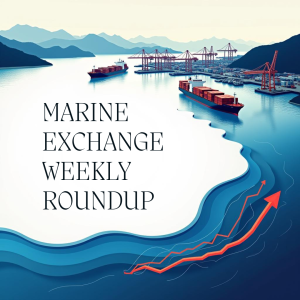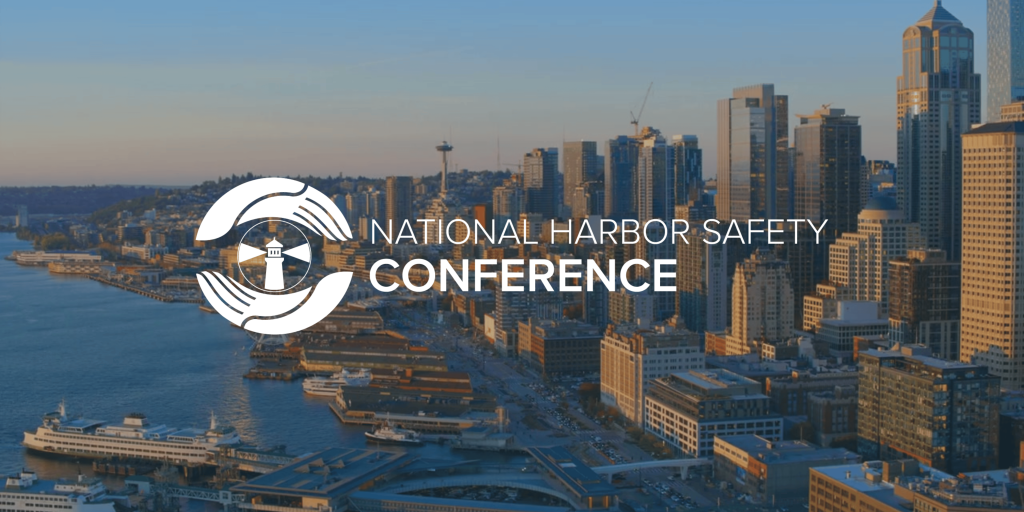
Weekly Maritime Intelligence Report from the Marine Exchange of Puget Sound
This week’s vessel traffic data reveals an intriguing story beneath the surface of seemingly stable arrival numbers. While overall berth arrivals remained virtually unchanged at 60 vessels (down marginally from 61 last week), the composition of traffic tells a more dynamic tale of shifting maritime patterns across Washington State ports.
Key Performance Indicators
The headline numbers show remarkable stability in our region’s maritime gateway function:
- Total arrivals: 60 vessels (-2% week-over-week)
- Leading port: Seattle maintained its dominance with 26 arrivals (+18%)
- Container traffic: Steady at 14 arrivals, indicating stable trans-Pacific trade flows
The General Cargo Surge: A Signal Worth Watching
Perhaps the most significant development this week was the dramatic return of general cargo vessels to our waters. After recording zero arrivals last week, this category surged to 6 vessels—a swing that demands attention from port operators and logistics professionals alike.
This influx of general cargo vessels typically signals one of several developments:
- Project cargo movements supporting major infrastructure initiatives
- Breakbulk operations indicating industrial expansion or equipment imports
- Seasonal shifts in cargo patterns requiring specialized handling
For supply chain managers and port planners, this volatility in general cargo arrivals underscores the importance of maintaining flexible berth allocation strategies and ensuring adequate heavy-lift capabilities remain available.
Port-by-Port Analysis: Winners and Challenges
Growth Leaders
- Everett: Impressive 67% increase (3 to 5 arrivals)
- Cherry Point & March Point: Both refineries saw 25% increases
- Seattle: Continued strength with 18% growth, cementing its regional leadership
Areas of Concern
Three ports—Aberdeen, Olympia, and Port Angeles—recorded zero arrivals this week, a stark reminder of the uneven distribution of maritime activity across our region. Aberdeen’s drop from 5 arrivals to none particularly stands out and warrants monitoring for potential operational or market-driven factors.
Sector Performance Insights
The vessel mix data reveals several trends that maritime stakeholders should factor into their planning:
- Passenger vessels continued their strong performance (+17%), reflecting robust cruise season activity
- Tanker traffic declined 22%, potentially indicating shifts in energy logistics or refinery maintenance schedules
- Container and bulk cargo remained flat, suggesting stable but uninspiring trade volumes
Year-to-Date Context: A Broader Perspective
July’s comprehensive data provides valuable context for understanding current trends:
- YTD growth: +1.6% overall, indicating modest but positive expansion
- Passenger segment: +7.7% YTD, confirming the cruise industry’s strong recovery
- ATB movements: -25% YTD, signaling a significant shift in regional energy transport patterns
This divergence between growing passenger traffic and declining ATB movements illustrates the evolving nature of our maritime economy, with implications for port infrastructure investment and workforce planning.
Operational Excellence Maintained
All AIS towers remain fully operational, ensuring comprehensive vessel tracking capabilities across Puget Sound. This technical reliability underpins the safety and efficiency of our waterways, particularly crucial as we navigate the complexities of mixed vessel traffic patterns.
Strategic Implications for Maritime Leaders
For executives and policymakers, this week’s data suggests several action items:
- Infrastructure Planning: The volatility in general cargo arrivals highlights the need for flexible, multi-purpose terminal capabilities
- Market Intelligence: The stark differences between ports underscore the importance of sub-regional market analysis
- Energy Transition: Declining tanker and ATB traffic may reflect broader shifts in regional energy infrastructure requiring strategic adaptation
Looking Ahead
As we monitor these evolving patterns, key questions emerge:
- Will the general cargo surge represent a new trend or prove to be an anomaly?
- Can smaller ports like Aberdeen reverse their declining traffic patterns?
- How will container repositioning challenges affect future vessel calls?
The maritime industry’s ability to adapt to these shifting patterns will determine the competitiveness of our regional ports in an increasingly dynamic global trade environment.
Patrick Gallagher is the Executive Director of the Marine Exchange of Puget Sound. This analysis is part of the weekly Gallagher Report series, providing data-driven insights for maritime industry leaders.








No comment yet, add your voice below!